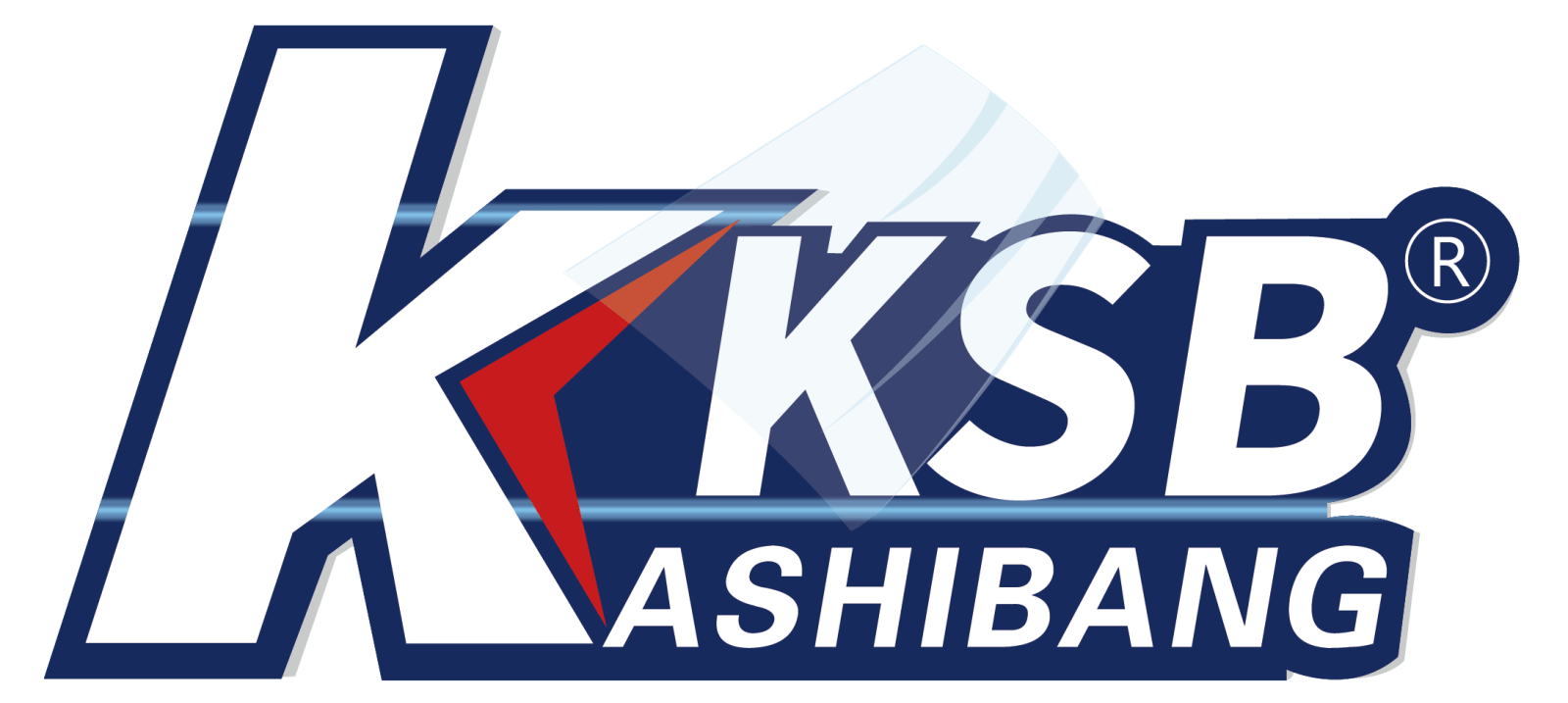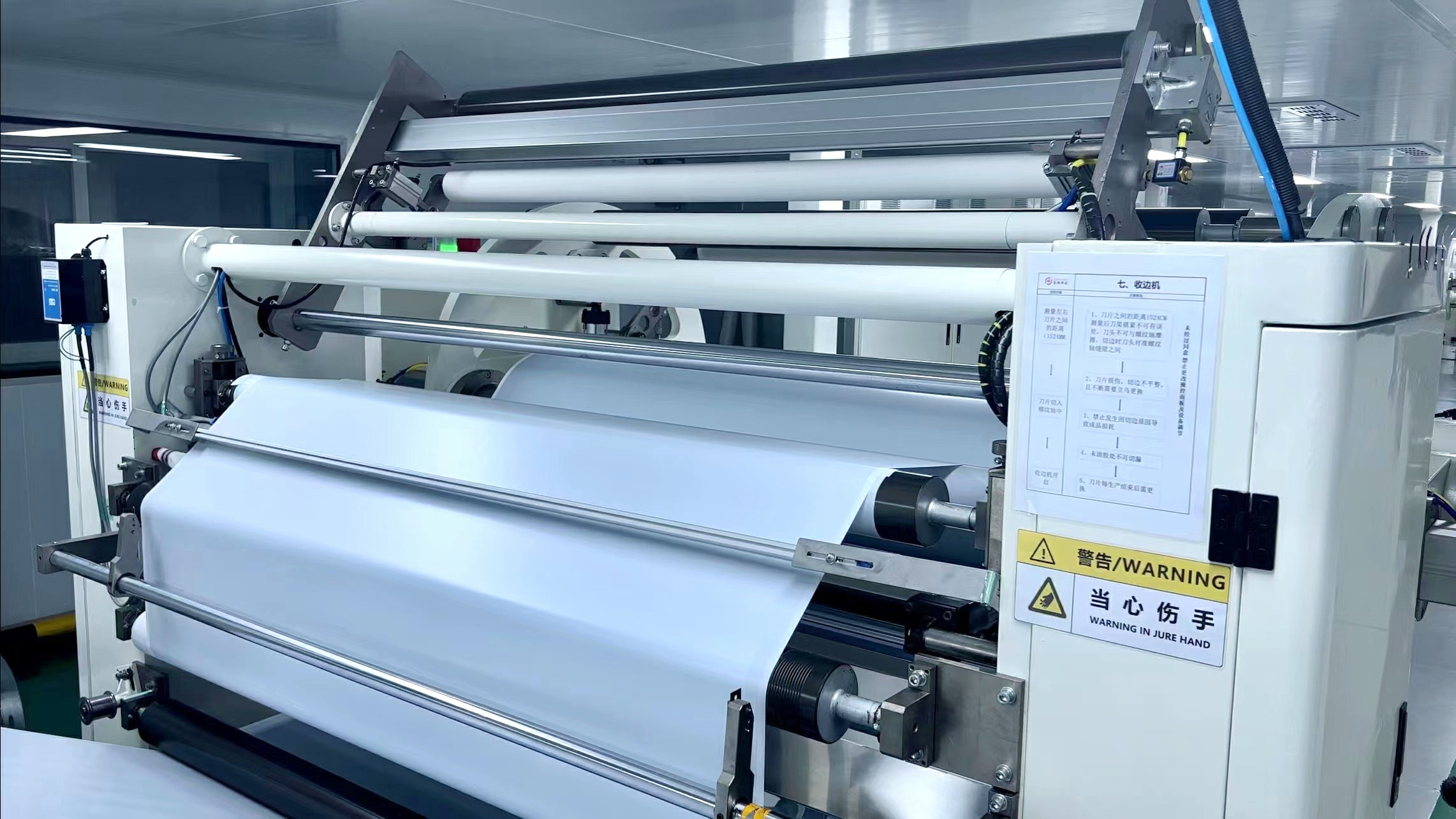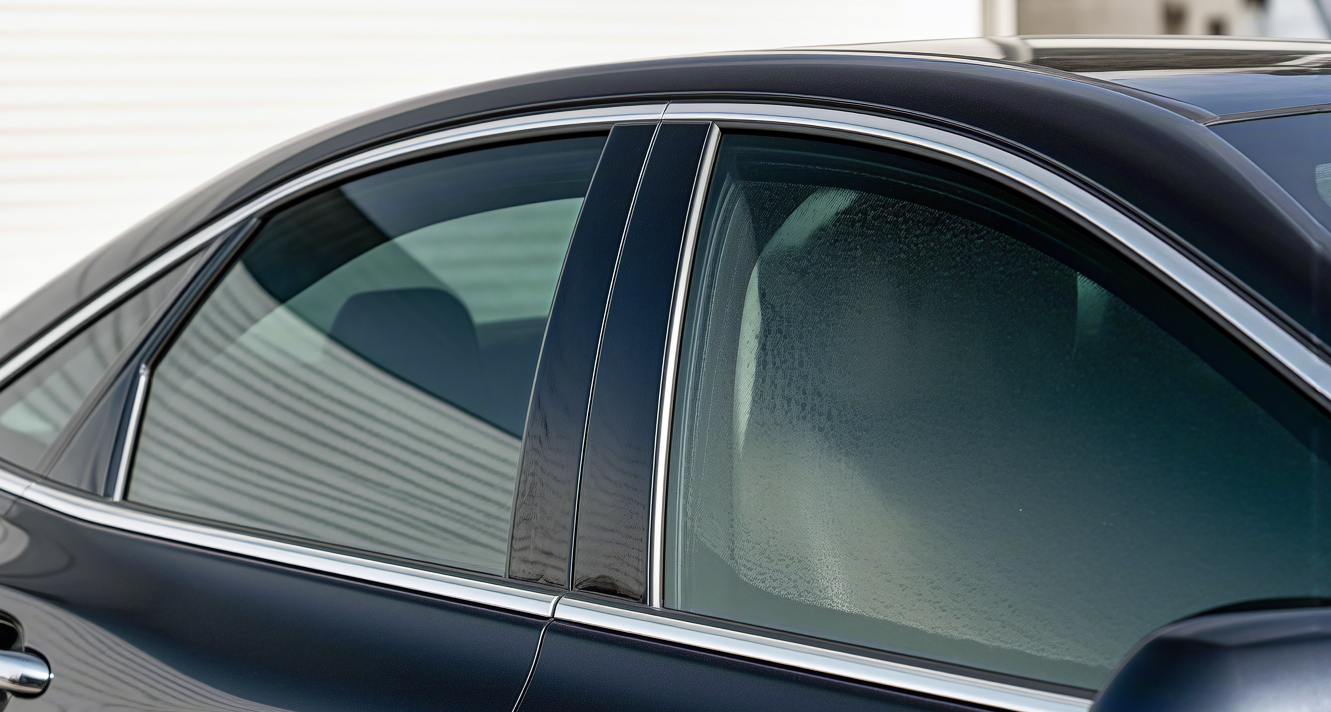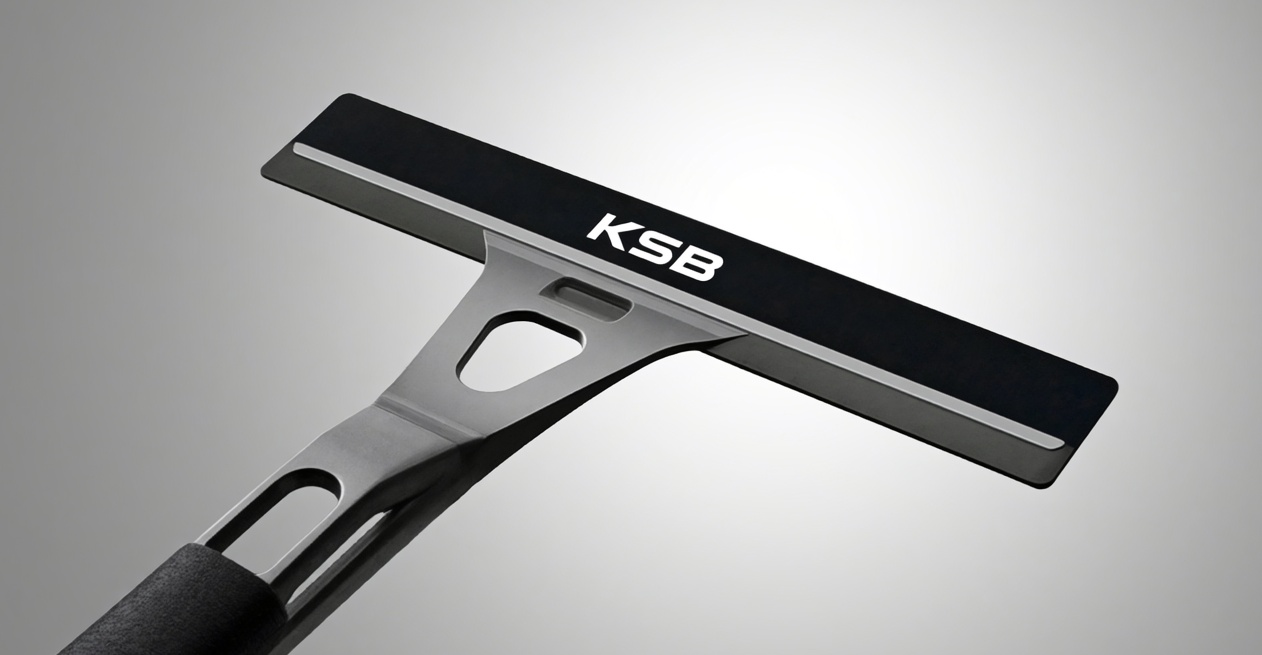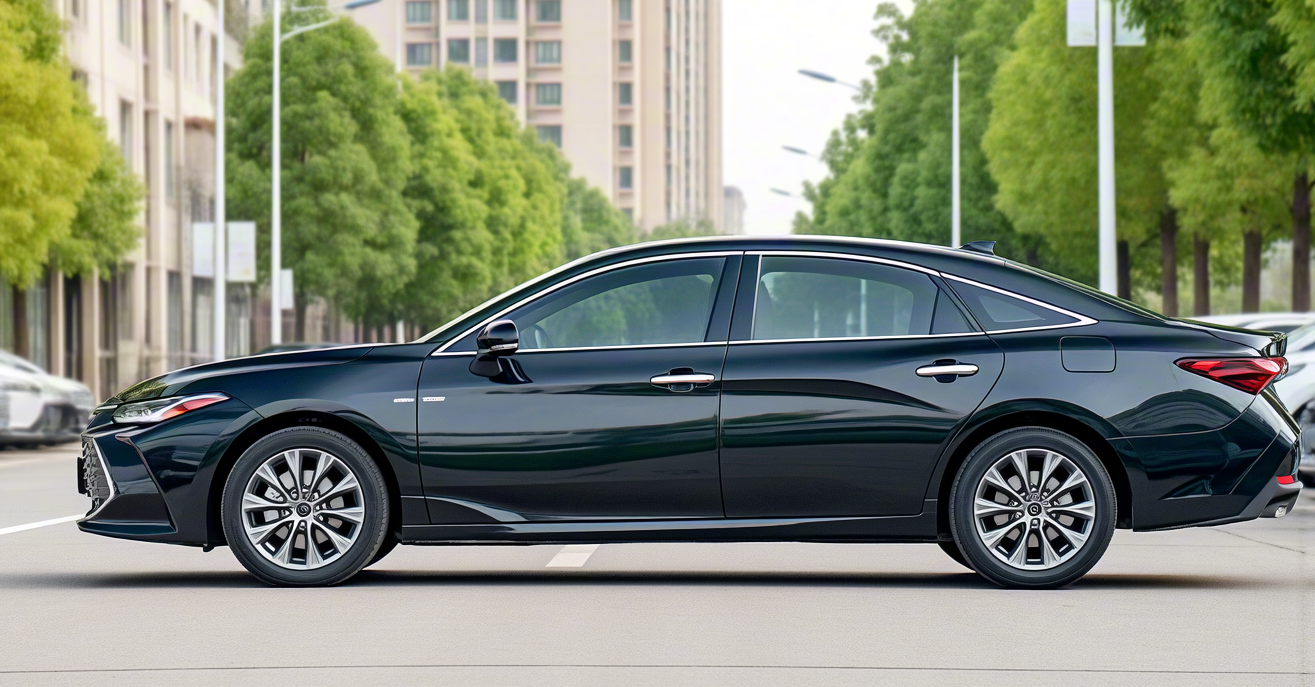In architectural glass film applications, Visible Light Transmission (VLT) is a core parameter for evaluating window film performance. This article systematically elaborates on the scientific principles, technical characteristics, and practical value of VLT in film selection, providing decision-making guidance for professionals.
I. Electromagnetic Spectrum and Visible Light Fundamentals
Per NASA definitions , visible light is the only segment of the electromagnetic spectrum perceptible to the human visual system, with wavelengths spanning 380–750 nanometers . The electromagnetic spectrum comprises (from longest to shortest wavelength): radio waves, microwaves, infrared, visible light, ultraviolet, X-rays, and gamma rays. Key characteristics include:
Visible Light : Occupies ~0.0035% of the spectrum. Photochemical conversion via retinal cone cells enables vision
Ultraviolet (UV) : Wavelengths of 100–400 nm, categorized as:
- UVA (315–400 nm): Primary focus for window films to prevent material degradation.
- UVB (280–315 nm), UVC (100–280 nm).
II. Technical Analysis of Visible Light Transmission (VLT)
VLT quantifies a material’s light-transmitting capacity, defined as:
VLT = (Transmitted Visible Light Flux / Incident Visible Light Flux) × 100%
This parameter directly impacts building daylighting, thermal performance, and visual comfort :
- VLT 0% : Total opacity (ideal blackbody state).
- VLT 100%: Full transparency (equivalent to clear glass).
Engineering Range : Architectural films typically span 5%–70%, balancing shading needs with natural illumination.
III. Window Film Performance Matrix: KASHIBANG Series Example
KASHIBANG films demonstrate precise VLT modulation for diverse applications:
KASHIBANG FSY07-4 (4Mil Black 5%)
This deepest-tint film transmits 6.8% visible light, making it optimal for daytime privacy and rigorous solar control applications. Ideal for spaces requiring extreme light/heat management in high-sun climates. Like all KASHIBANG films, it achieves >99.8% UV rejection (ASTM E424-71 certified).
KASHIBANG FSY14 (Dark Blue Silver)
Our secondary deep-tint solution transmits 13.1% visible light, designed for heat/glare control in south-facing rooms and intense solar environments. Maintains excellent daytime privacy while blocking >99.4% UV radiation. A premium choice for climate-specific performance.
KASHIBANG FSY09-4 (4Mil Black 35%)
This mid-tint film balances solar control and natural illumination with 29.2% VLT. A versatile all-round performer excelling in privacy enhancement, UV protection (>98.8%), and glare reduction. Engineered for multifunctional spaces requiring balanced daylight management.
IV. Comprehensive Benefits of Window Film Technology
Optimizing VLT enables multidimensional performance enhancements:
Thermal Performance : Reduces Solar Heat Gain Coefficient (SHGC), lowering AC loads by 15–30%.
Glare Control: Improves screen visibility and complies with WELL Building Standard lighting requirements.
Material Protection : Blocks >99% UV , extending lifespan of interior fabrics, artworks, and finishes
Privacy Enhancement : Enables daytime privacy via one-way vision effect, meeting ASTM D1003-20 haze standards.
V. Selection Framework Based on ISO 9050:2003
VLT selection should integrate:
1.Building orientation and solar exposure intensity.
2.Space functionality (office/residential/commercial).
3.Climate zoning (per ASHRAE standards)
4.Energy-saving calculations and return-on-investment (ROI) cycles.
VI. Advantages of Reduced VLT
Beyond heat reduction, lowering VLT delivers:
- Glare Reduction : Critical for screen visibility in sun-drenched areas.
- Energy Efficiency : Decreases cooling costs by blocking solar heat ingress.
- Material Preservation : Prevents fading/cracking of interior surfaces from UV/heat exposure.
- Daytime Privacy: Enhances confidentiality without compromising outward views.
Professional Terminology
SHGC : Solar Heat Gain Coefficient
ASTM : American Society for Testing and Materials
ASHRAE : American Society of Heating, Refrigerating and Air-Conditioning Engineers
For latest advancements and case studies, visit: www.ksbhk.com.



